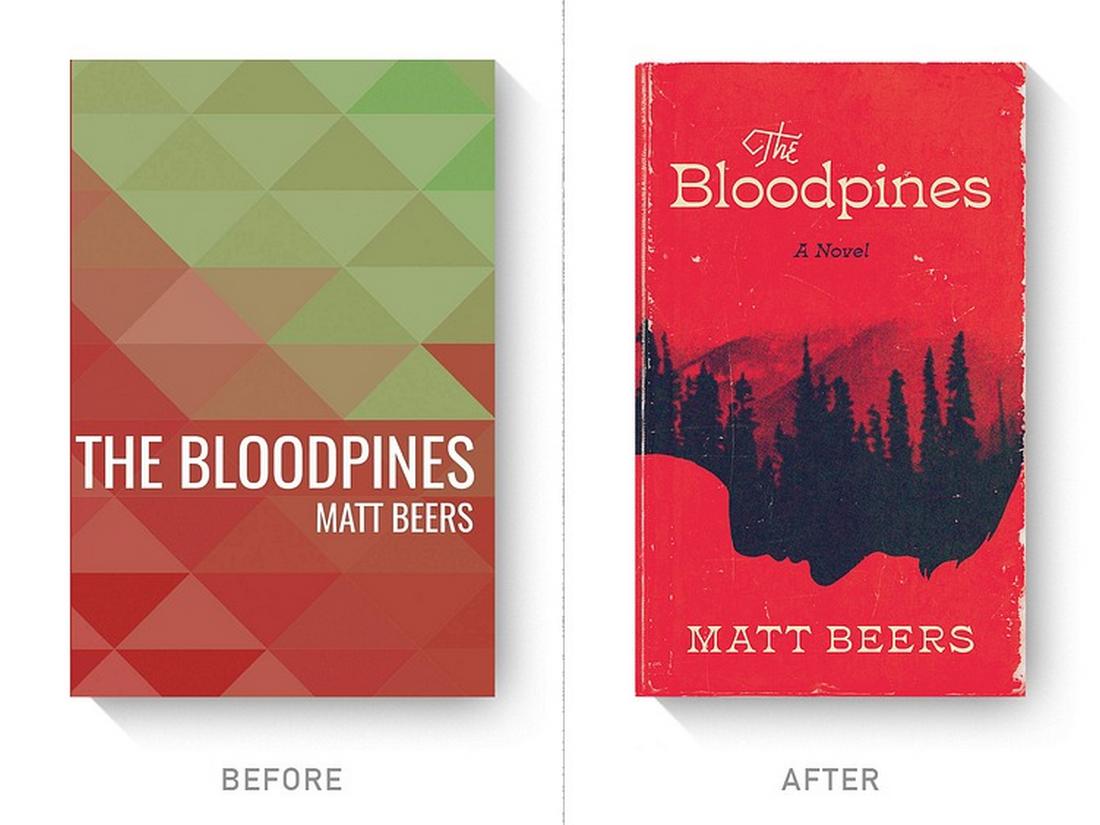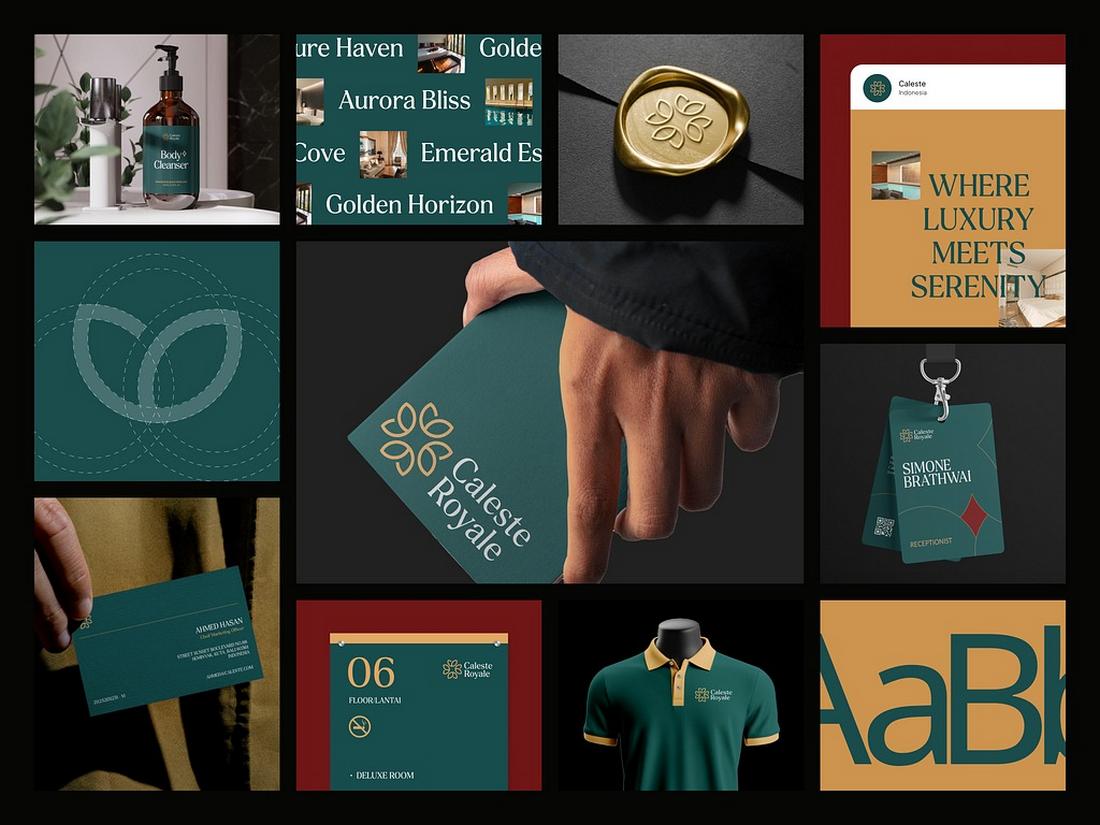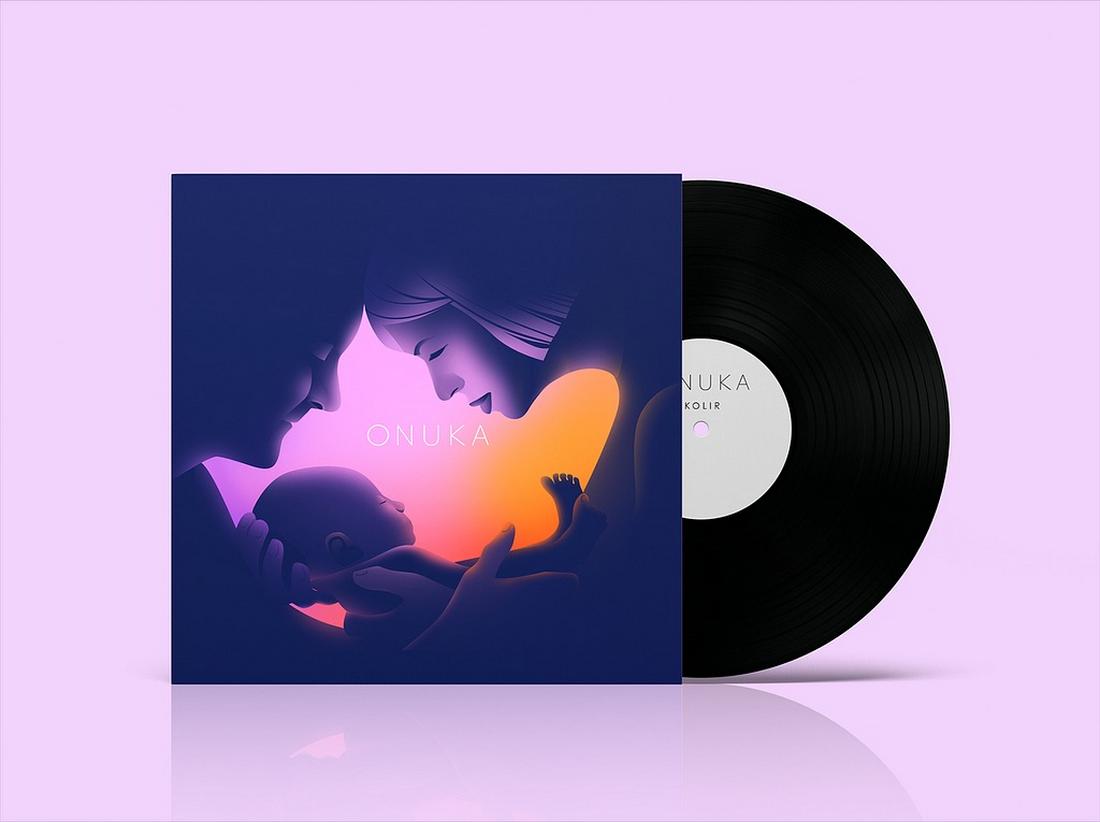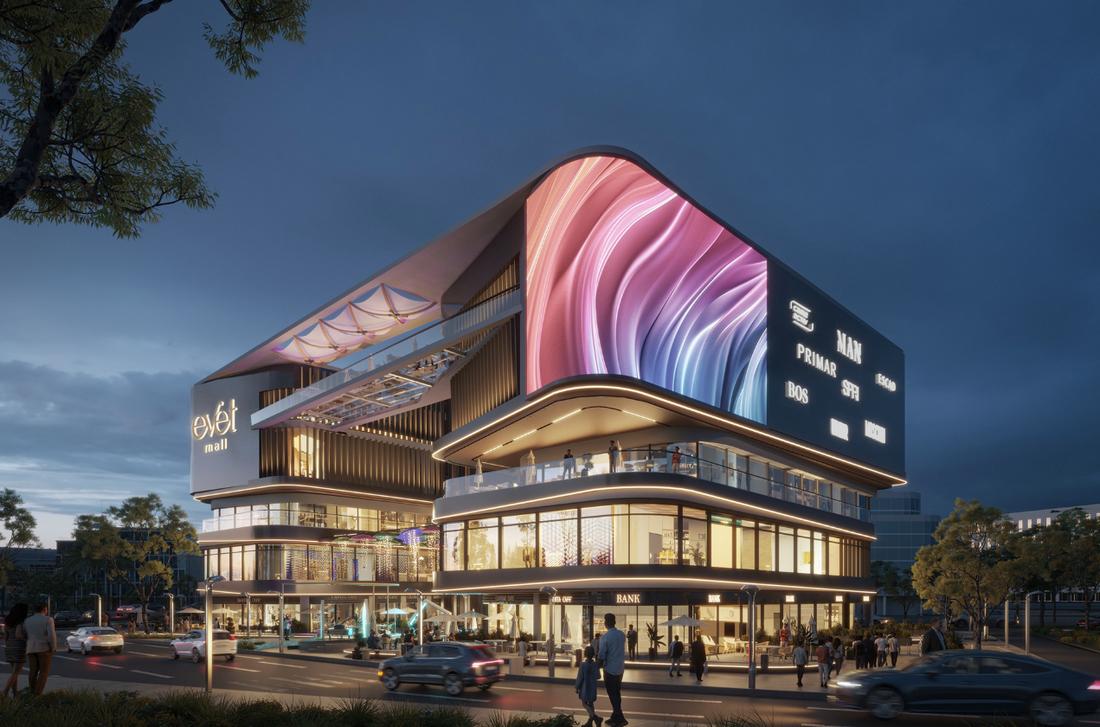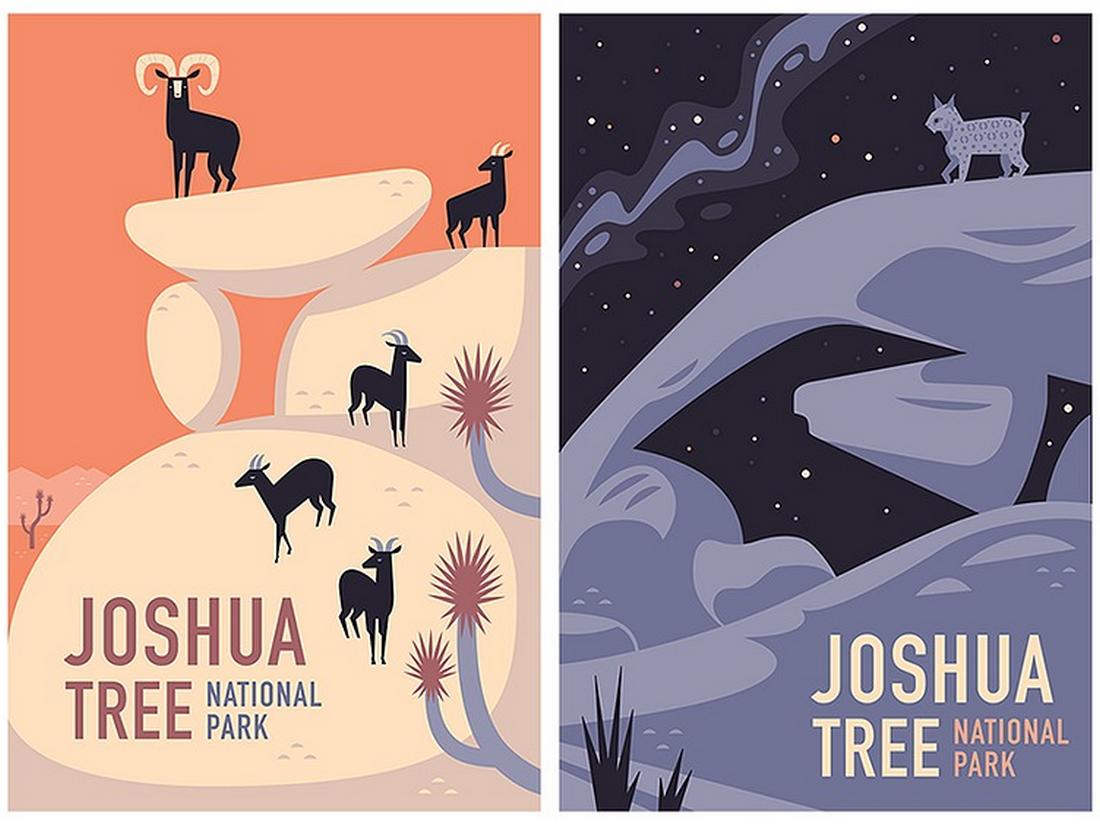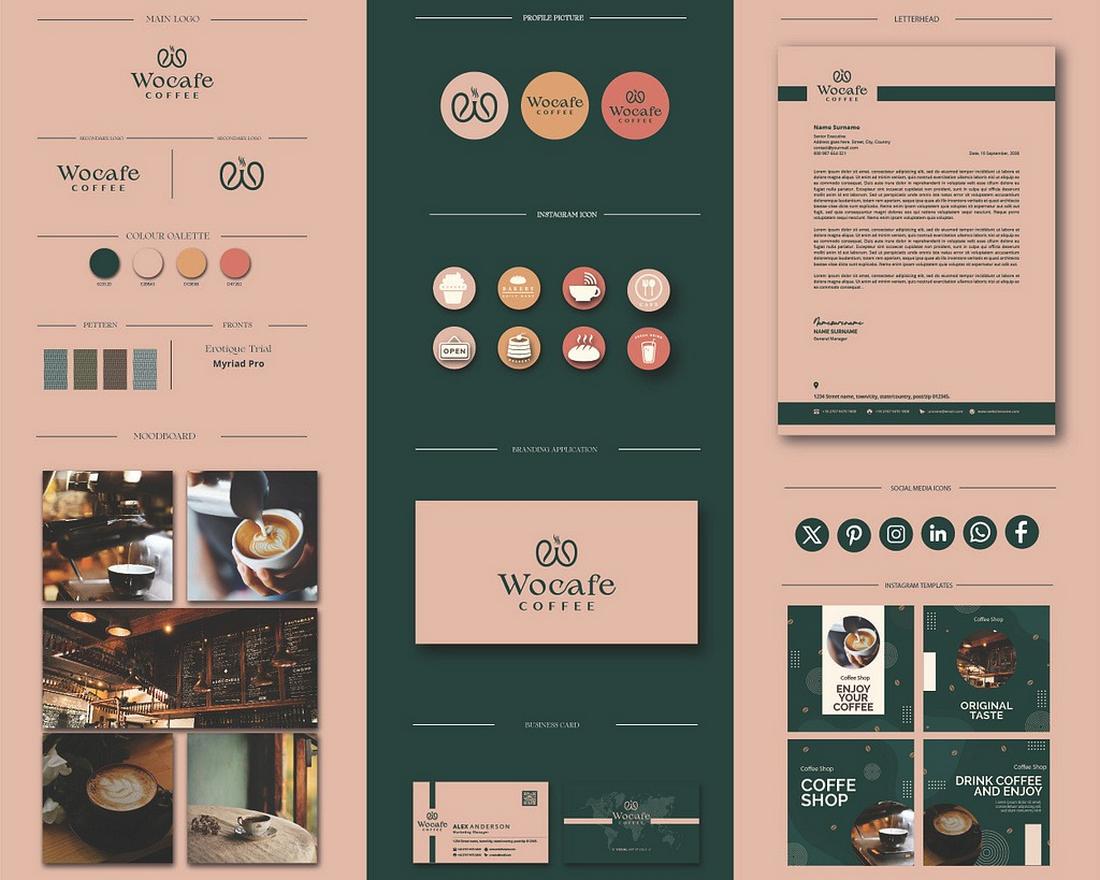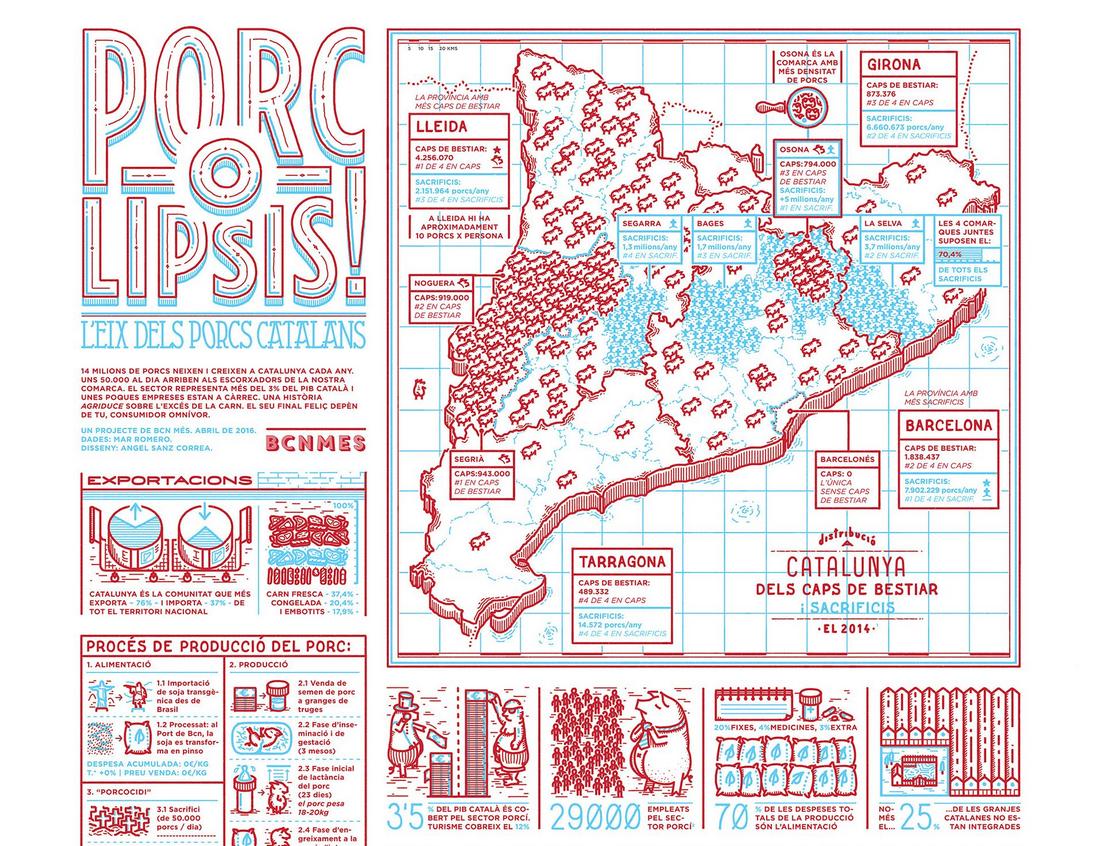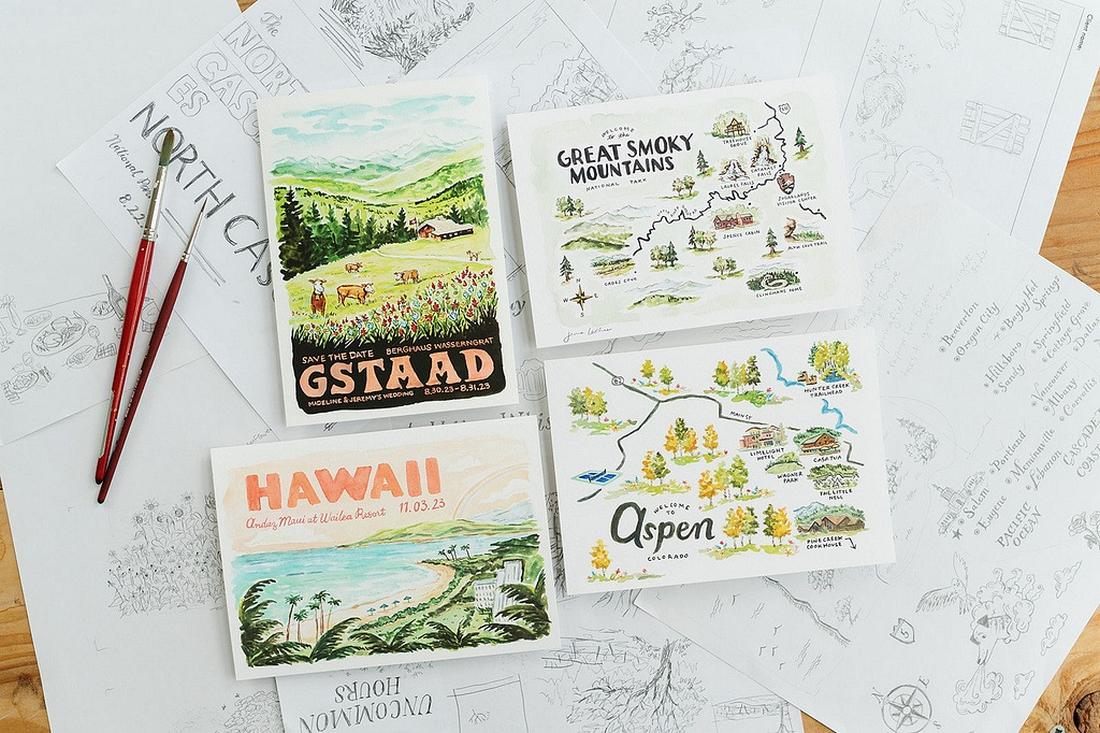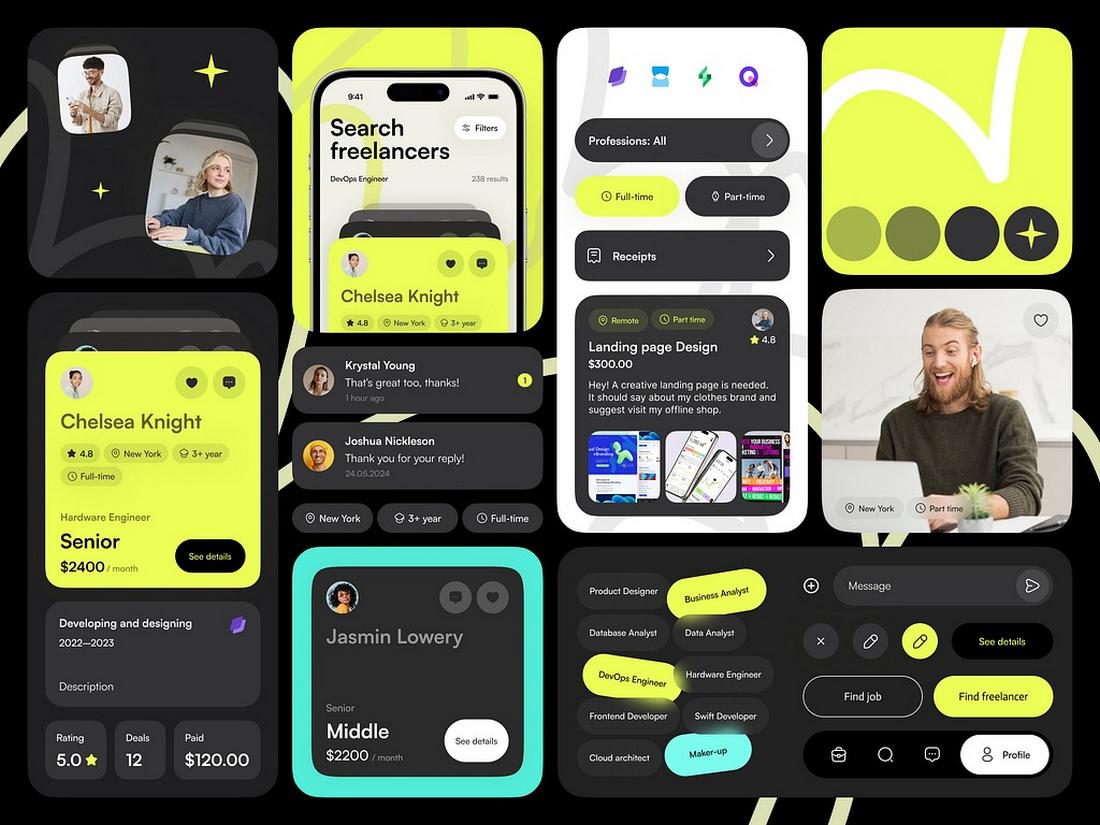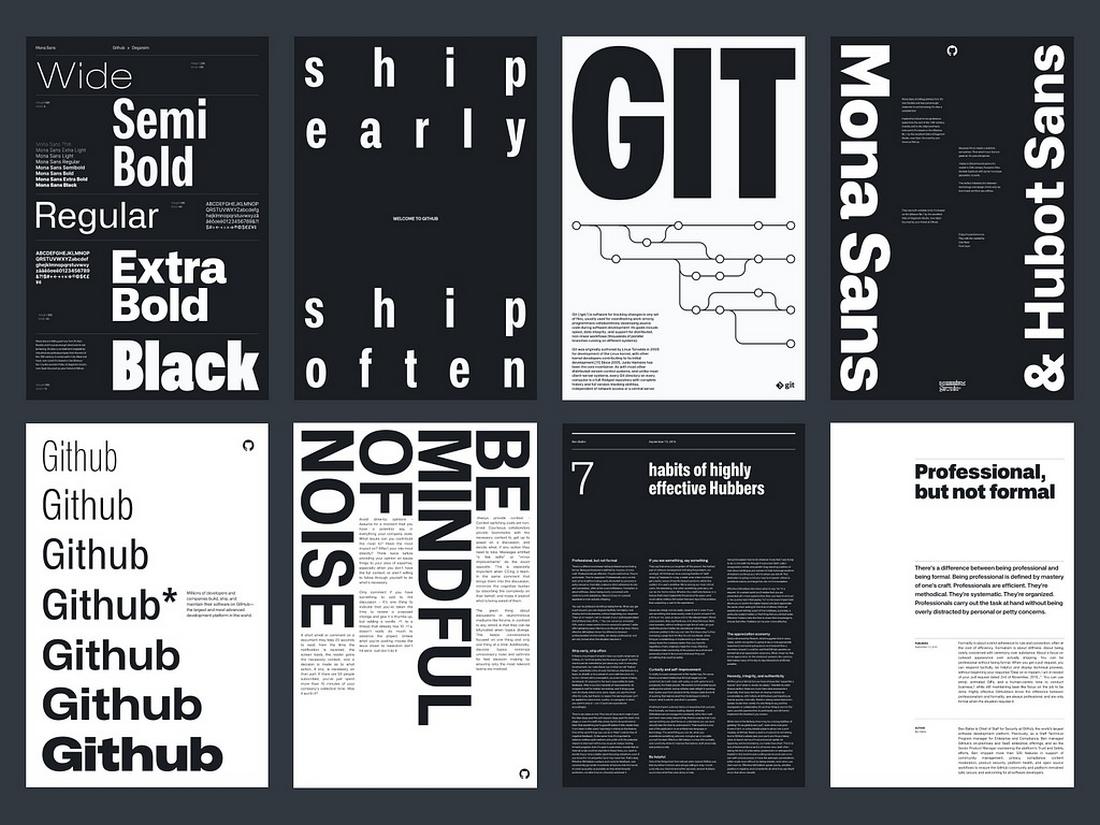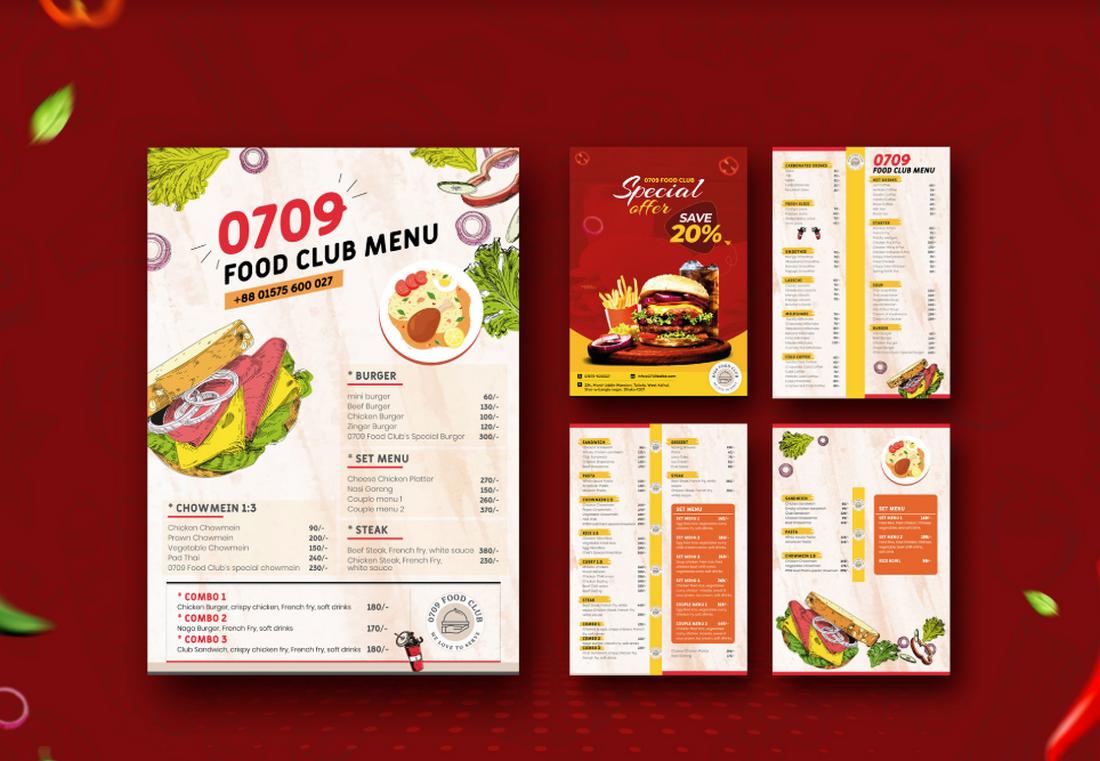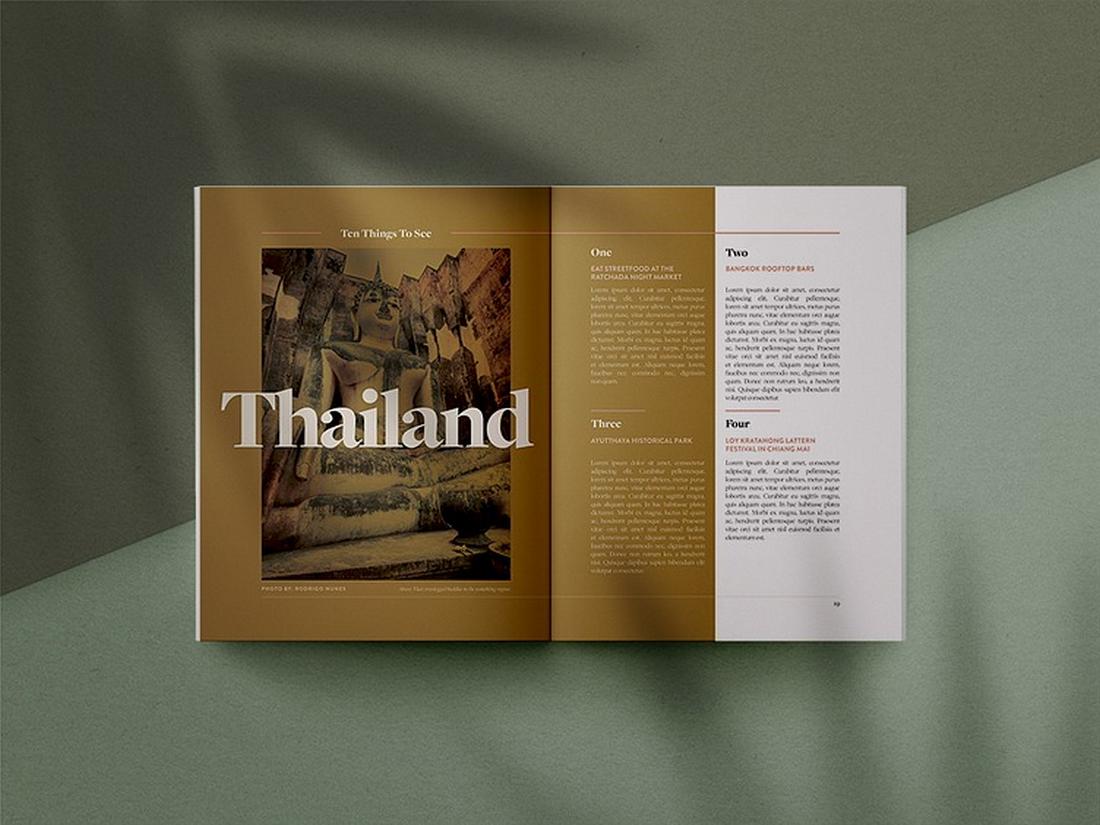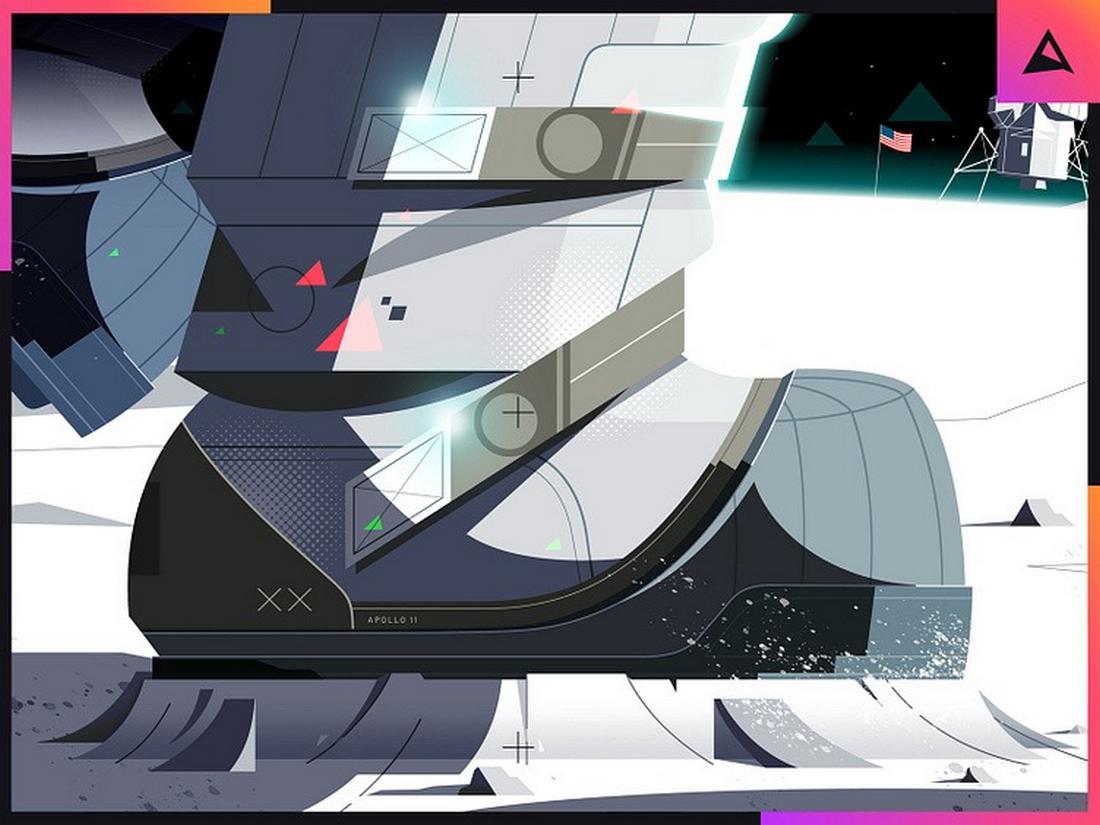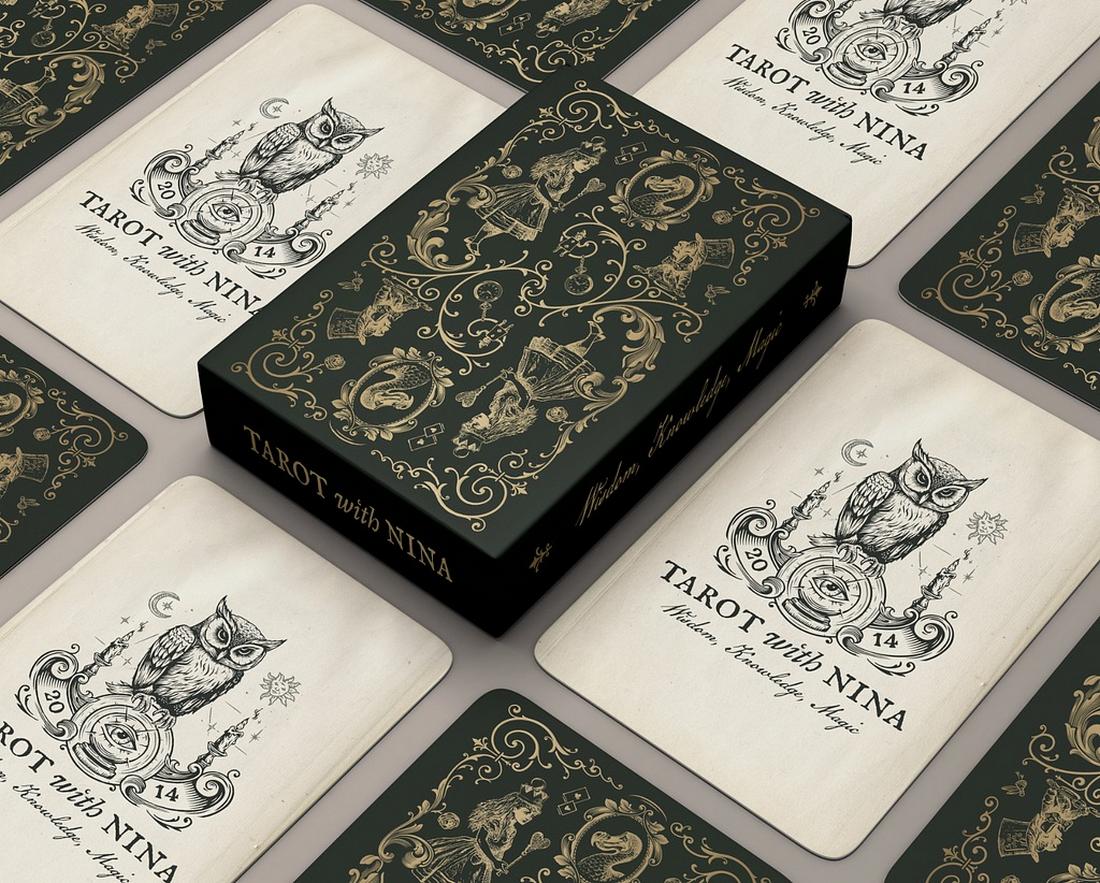When you’re feeling stuck or looking to build your portfolio, nothing helps quite like a creative side project.
The great thing about personal projects is that you get to be the client—you set the brief, explore new techniques, and take risks you might not try in your day-to-day work.
Whether you’re a student, freelancer, or experienced designer wanting to try something new, these project ideas are designed to stretch your creativity and help you think outside the usual client briefs.
Some are classics with a twist, and others are less common graphic design project ideas that offer plenty of room to explore. Pick one and get to work!
1. Redesign a Classic Book Cover
(Credit: Ben Stafford)
Choose a book you love—or one with a cover that hasn’t aged well—and give it a new visual identity.
Focus on capturing the story’s mood through illustration, typography, and layout. Think about whether you want to keep it minimal or go for something more detailed and expressive.
You can even take it further by designing a matching back cover, spine, and inner flap.
For an added challenge, try creating multiple variations for different genres—imagine how “Pride and Prejudice” might look as a thriller, sci-fi, or graphic novel.
2. Create a Visual Identity for a Fictional Brand
(Credit: Habito Design)
Invent a brand from scratch and build its full identity system.
Come up with a name, logo, color palette, typography, and a few brand applications like a business card, website mockup, or product packaging.
The brand can be serious or playful—like a minimalist skincare line or a donut shop run by robots.
The goal is to create something cohesive and thoughtful that shows your ability to develop branding from the ground up.
3. Design an Album Cover and Track List
(Credit: Outcrowd)
Pick a favorite musician—or make up your own—and design an album cover that reflects their style and sound.
Choose a specific genre to guide your visuals: dreamy indie pop, experimental jazz, aggressive hip hop, etc.
Include a custom tracklist on the back, and think about how the layout, imagery, and typography would feel to fans of that music.
If you’re feeling ambitious, mock up how the design would look on vinyl, a streaming service, or band merch.
4. Reimagine a Public Space with Environmental Graphics
(Credit: Lodestar Visual)
Choose a real or fictional public space—like a metro station, library, or community park—and design a system of environmental graphics.
Think wayfinding signage, murals, banners, or informational panels.
This type of project pushes you to think beyond screens and into physical environments.
You’ll get to explore scale, accessibility, color use in public design, and how to make navigation intuitive and visually engaging.
5. Design a Series of Illustrated Posters for a Theme
(Credit: Alexander Vidal)
Pick a topic you care about and turn it into a poster series.
It could be a campaign for mental health awareness, a tribute to endangered animals, or abstract interpretations of the four seasons.
Challenge yourself to create a strong visual connection across the series while letting each poster stand alone.
You can work with illustration, photography, or even mixed media to give each design a distinct tone while keeping the theme clear.
6. Build a Social Media Brand Kit
(Credit: Designer Nishad)
Design a cohesive visual identity for a fictional influencer, brand, or online personality.
Include things like Instagram post templates, story designs, highlight covers, and a few typography or color guidelines.
It’s a great way to show how you handle design systems in smaller formats and how you’d adapt a brand identity to platforms like Instagram, TikTok, or Pinterest.
Try a few different voice styles—maybe one fun and casual, one bold and edgy, and one minimal and sophisticated.
7. Develop an Illustrated Infographic
(Credit: Angel Sanz Correa)
Take a complex topic—something like climate change, coffee brewing, or how the internet works—and break it down into a clear, visually engaging infographic.
Use custom illustrations, icons, and data layouts to tell the story.
Infographics are great for showing your ability to combine information design, visual hierarchy, and illustration.
Bonus points if you make it educational or humorous in a way that helps the viewer learn something new.
8. Design a Vintage-Inspired Travel Poster
(Credit: Jenna Lechner)
Pick a city, country, or fictional location and create a retro-style travel poster for it.
Use bold type, stylized illustrations, and limited color palettes inspired by the travel ads of the 1950s and 60s.
You can take creative liberties here—highlight famous landmarks, invent slogans, or even create your own imaginary destinations.
These posters are fun to make and look great in a portfolio or printed as wall art.
9. Build a UI Kit for a Niche App
(Credit: Ronas IT)
Think beyond the typical banking or e-commerce apps and create a UI kit for something more unusual, like a mushroom identification app, a journaling tool for artists, or an app for organizing local streetwear drops.
Design several screens with consistent components, and focus on usability, color themes, icons, and typography.
It’s a strong way to show how you can build scalable design systems for digital interfaces.
10. Create a Typographic Poster Series
(Credit: Nicolas Solerieu)
Use typography as the main design element to create a set of striking posters.
Pick quotes, song lyrics, or single impactful words and play with layout, weight, size, and contrast.
This is a great project for testing your typographic instincts. Try pushing boundaries—overlapping text, layering with photos, using distortion, or creating texture through type alone.
The goal is to make type the star of the design without relying on imagery.
11. Design a Menu for a Fictional Restaurant
(Credit: Brand Stroom)
Create a custom menu for an imaginary restaurant, café, or food truck.
You can base it on a specific theme like a 1920s speakeasy, a plant-based brunch spot, or a futuristic noodle bar.
Focus on typography, layout, and how the brand’s vibe comes through visually.
You can even design accompanying elements like coasters, signage, or to-go packaging to expand the project.
12. Create a Magazine Spread or Zine
(Credit: Taryn McKay)
Pick a topic you’re passionate about—music, travel, sustainability, or personal essays—and design a multi-page magazine or zine layout.
Focus on balancing imagery and type, setting a tone through grids, and creating visual flow between pages.
This is a great project to show editorial design skills and experiment with storytelling through design.
13. Rebrand a Historical Figure or Event
(Credit: Animagic Studio)
Take a figure or event from history and reimagine how it would be presented today.
What would a modern branding system look like for the moon landing? Or for a civil rights campaign? Create a logo, visual elements, and perhaps a poster or web homepage.
This project lets you blend education, creativity, and visual storytelling in unexpected ways.
14. Design a Deck of Themed Cards
(Credit: Dusan Sol)
Create a set of custom cards—playing cards, tarot cards, flashcards, or even an original game.
Choose a theme, design the backs, and develop a unique style for the fronts.
You’ll be working with a system, so consistency is key, but there’s lots of room to be artistic and illustrative here too.
Conclusion
Design projects don’t always need a client to have a purpose. Self-initiated work helps you grow your skills, discover new interests, and add fresh content to your portfolio.
Whether you pick one idea or try a few, the key is to experiment, have fun, and let the creative process guide you.
These projects are more than just exercises—they’re opportunities to develop your voice as a designer. And who knows? One of them might just attract your next client.
